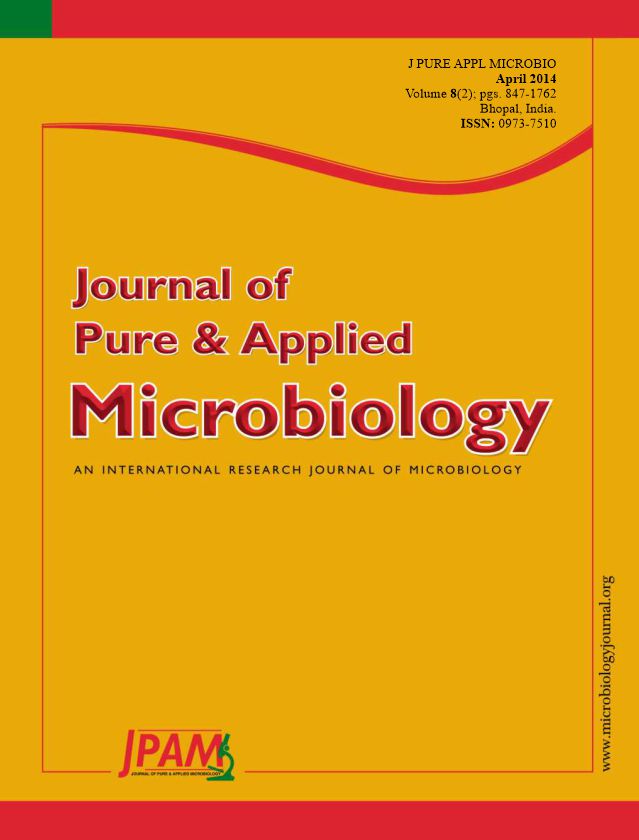Salmonellosis is a disease complex of man and animals caused by various serovars of Salmonella enterica subspecies enterica. Salmonella spp. are facultative intracellular pathogens capable of causing localized and systemic disease of significant morbidity and mortality. The present study was aimed to investigate the immune response elicited in mice following subcutaneous immunization with purified flagellin derived from Salmonella enterica serovar Typhimurium. Humoral immune response in mice was analyzed by indirect enzyme linked immunosorbent immunoassay (ELISA) wherein a significantly greater antibody response was noticed in immunized group of mice compared to the control group. Further confirmation by western blotting showed immunoreactivity of the isolated flagellin against sera obtained from flagellin immunized group on 21st day post immunization. Bacterial colony count in spleen from the mice immunized with flagellin and challenged with Salmonella intra-peritoneally showed complete clearance of the bacteria. In conclusion, bacterial flagellin demonstrated the seroconversion and protective efficacy against homologous bacterial challenge post immunization. Further explorative studies are suggested to unravel its potential application to be used as vaccine antigen or adjuvant.
Salmonella, Flagellin, Mice, Vaccine, Adjuvant
© The Author(s) 2014. Open Access. This article is distributed under the terms of the Creative Commons Attribution 4.0 International License which permits unrestricted use, sharing, distribution, and reproduction in any medium, provided you give appropriate credit to the original author(s) and the source, provide a link to the Creative Commons license, and indicate if changes were made.


